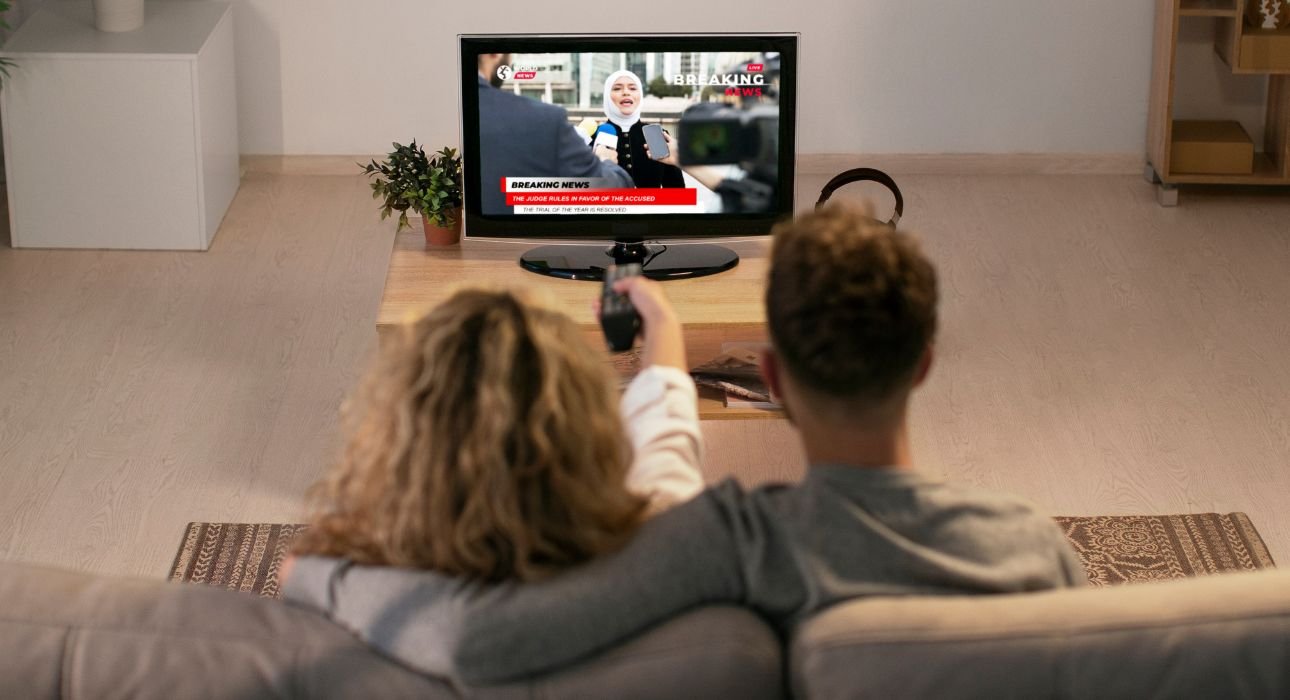In the case of individuals who are far away, television is usually a silent source of connection. Local humour, regional accents, and familiar voices are things that are not always available on global platforms. That is the reason why the popularity of Arabic channels in USA and other regional networks is constantly increasing: people want to be entertained and to be able to keep their culture at the same time. Let’s unpack this demand.
The Power of Representation
There is a growing preference among audiences in the diaspora communities for media that represent their living experiences as opposed to remote generalisations. The studies have always indicated that exposure to known languages, stories, and cultures enhances the individual and group identity.
Christina Slade, in Watching Arabic Television in Europe: From Diaspora to Hybrid Citizens (Slade, 2014), shows that the Arabic-language television broadcasting supports the sense of belonging in the Arab viewers in Europe by giving them access to the cultural life in their homeland. In the same vein, Diaspora, Identity and the Media research states that media consumption by diaspora communities is one of the main methods of remaining engaged and bargaining identity in the new social setting.
Additionally, the Handbook of Diasporas, Media, and Culture (Karim and Brison, 2019) also state that diaspora media, whether satellite or digital, is beyond national spaces and creates transnational audiences and sustains community narratives in other regions. That is, the media contribute to its reproduction by continuing the narration and common points of reference.
Regional TV as a Cultural Bridge
As the ethnic minority viewers watch regional television, news or family shows, music or talk shows, they are participating in a broader cultural exchange. These broadcasts maintain language use, collective remembering, as well as daily traditions over a distance.
The results of the Mediatised Diaspora project (Arab Reform Initiative, 2022) indicate that the Arab satellite and digital media become a linking factor between the homeland and the immigrant existence, keeping social connections and ensuring transnational identity. This is not just a European phenomenon: the same process can be described in relation to Arabic-speaking diasporas in the United States and other parts of the world where regional television remains the source of cultural continuity and engagement in the wider community life.
Why Audiences Prefer Local Storytelling
It is increasingly becoming clear that local-language and culturally-based content is more effective in the minds of ethnic viewers. One of the analyses provided by OttWatcher has demonstrated that the amount of regional-language content consumes over half of OTT audience, which means that the orientation towards local narratives is quite pronounced. Arabic television is also based on the cultural and social life of the Middle East and North Africa.
It makes the diaspora audiences feel in touch with what goes on in their home countries through news programs that track the local happenings, music and talk programs that mirror their day-to-day lives. Whether it be a current affairs programme in Cairo, or a cultural discussion programme in Beirut, the Arabic television keeps the audience abreast with the beats of social revolution, celebration and community dialogue. To most people outside of the country, it is not nostalgia but rather the need to remain a part of a living shared culture, even though it means being thousands of miles away.
A Global Audience with Local Roots
The cultural connection against the backdrop of any regional TV network and audience is an infrastructure that enables the connection. What used to be based on the need of having a satellite dish and expensive subscriptions is now a one-second experience on a digital platform that was intended to be used worldwide. This change has transformed the media into a cultural lifeline that has come to where people are, wherever they go.
Such access transforms the concept of being a globalised world. According to researchers, digital broadcasting has now facilitated transnational citizenship, regardless of national boundaries. The tech of these platforms, streaming delivery, multilingual interface, and cloud storage may be unseen, but its effects are extremely intimate. It guarantees that the connection to home no longer relies on distance or circumstance. That change centres on such platforms as UVOtv, the biggest and most reputable international media platform of the diaspora viewers.
UVOtv becomes able to bring together regional television of Arabic, South Asian, African and Latin American networks into a single system, allowing families living abroad to have reliable access to their own language and narratives. Its collection of thousands of live channels and movies is not just entertainment as it is continuity. Citizens are able to watch news from the comfort of their homes, watch a common comedy with their children or just listen to their native language in the background of life in routine.
